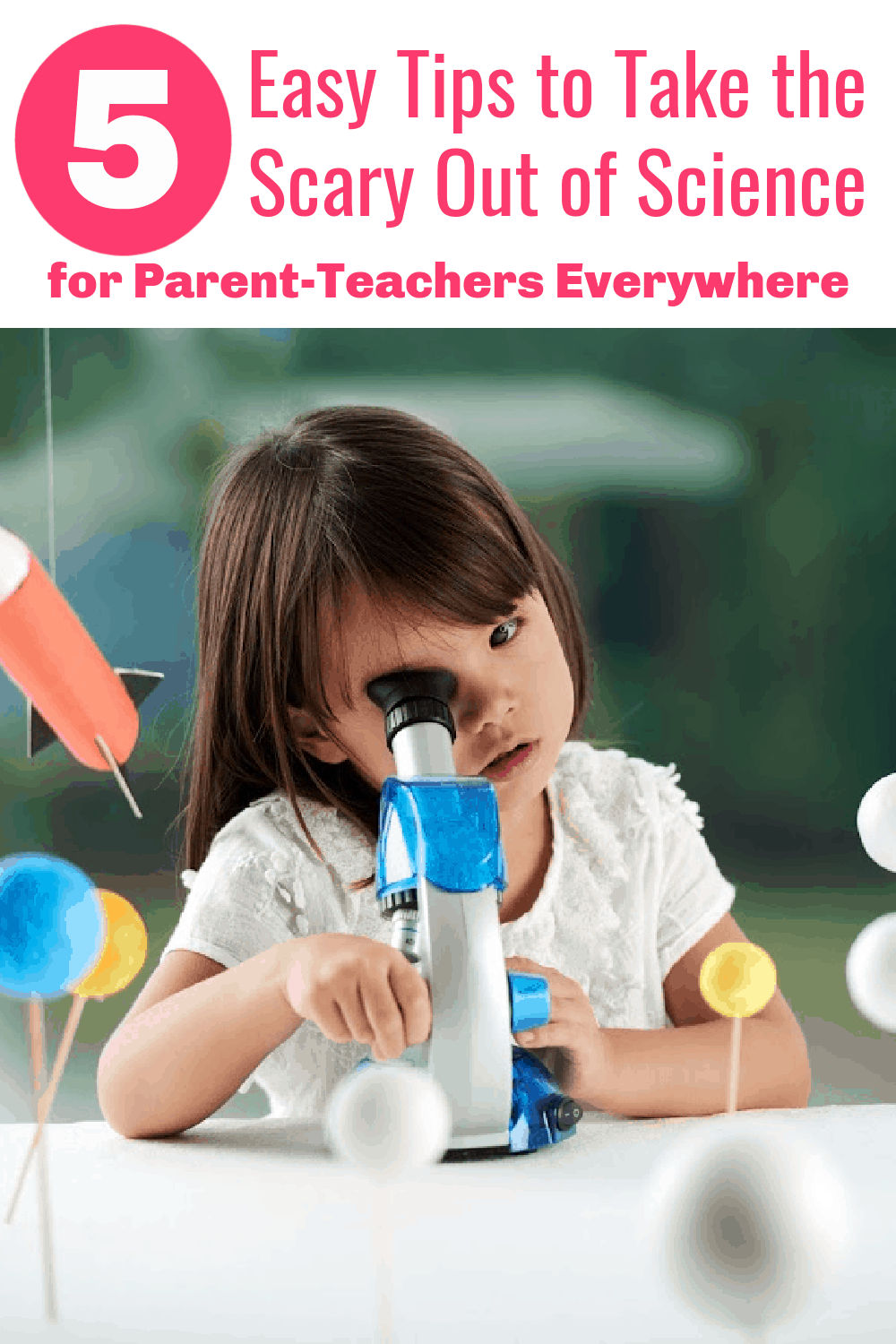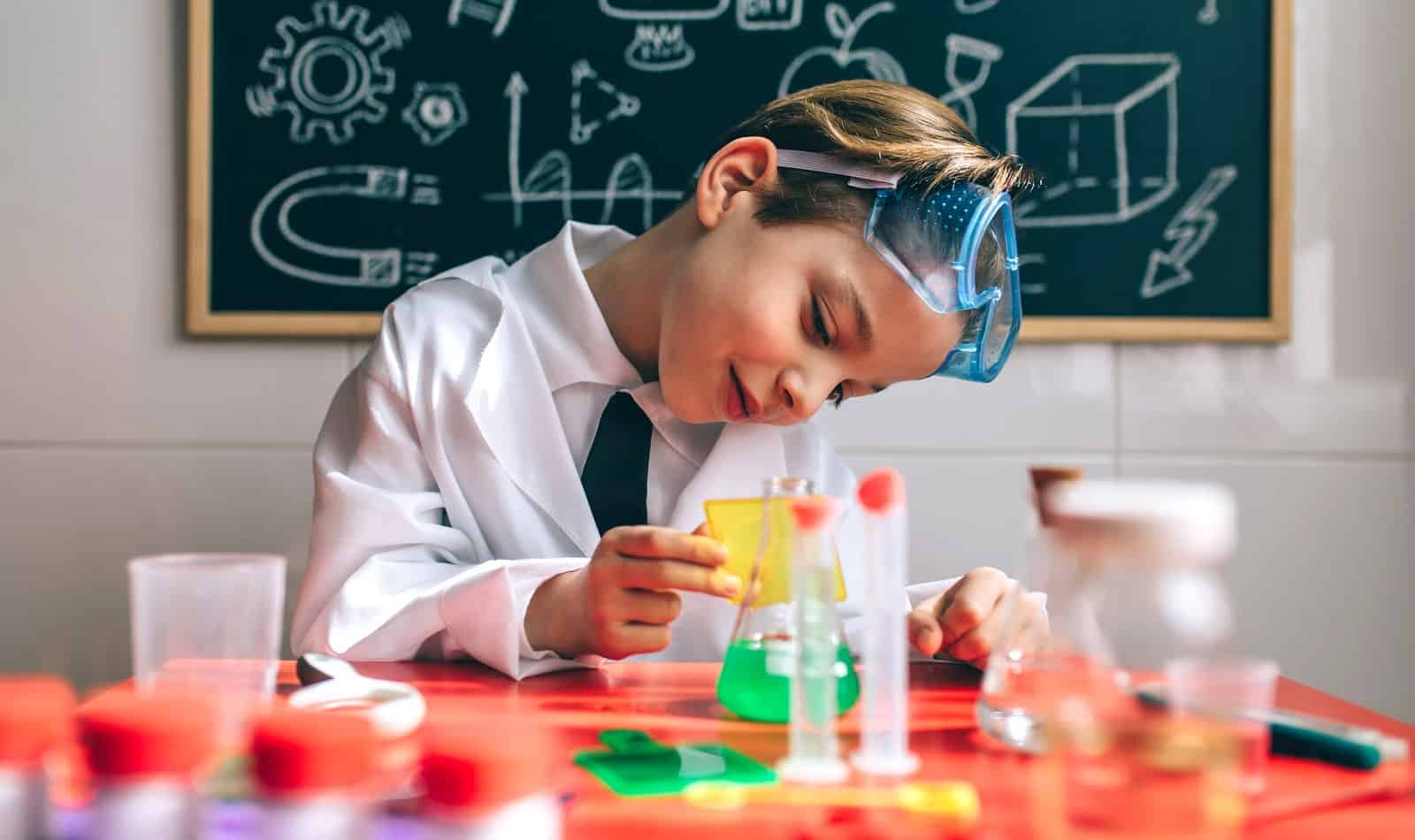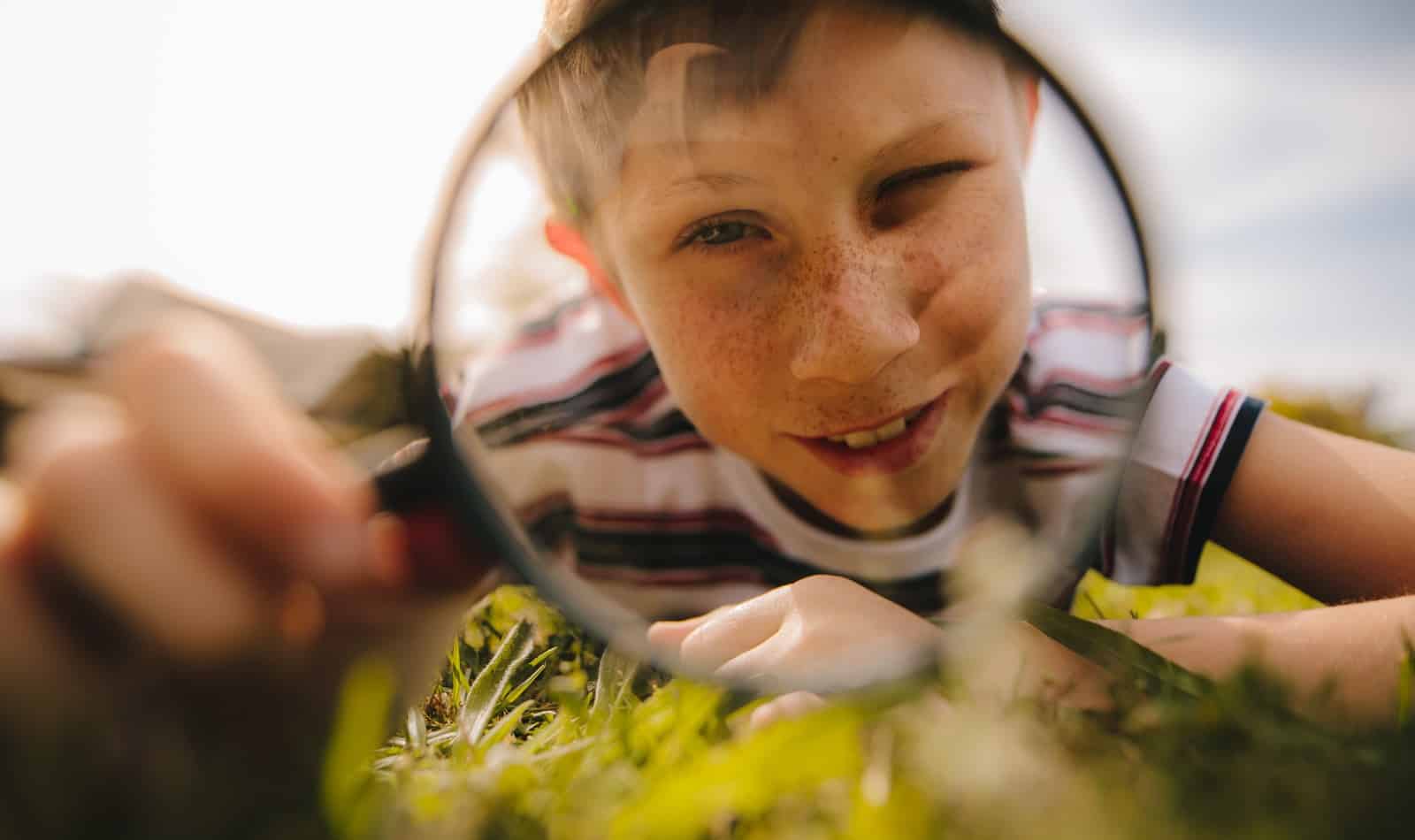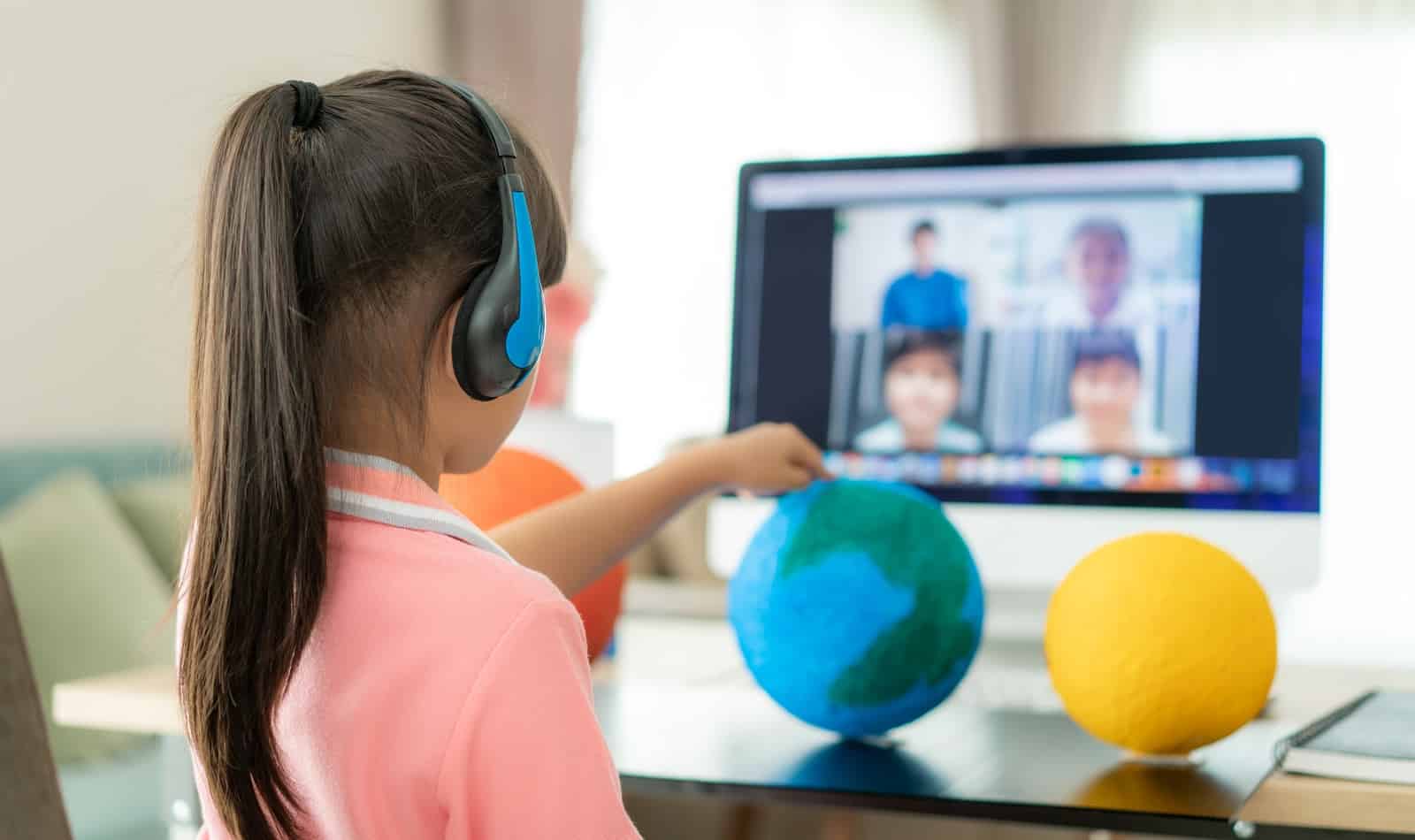No one could predict that 2020 would turn ordinary parents and teachers’ kitchens into science labs. However, education must go on, even during a pandemic, so parents everywhere had to play the hand they were dealt.
Ask any parent who has opened the science homework packet from school. and most would confess they felt a little queasy at the sight of it. For many parents, science is not easy. But science isn’t just a book with facts to memorize and “get right”. It’s much more, and it aims to explain the world around us. The awesome importance of science frightens some parents as they attempt to understand the concepts themselves, while also having to teach their children.
To parents working as substitute science teachers – give yourselves some grace and pat yourself on the back for doing the difficult work. Here are five tips to take the “scary” out of science, so you can teach and learn with your children.
1. Have no shame.
While some people find science fascinating and can’t get enough, many parents will admit they didn’t like science in school. What they remember about it was maybe a few basic facts and that it was hard. There’s no shame in admitting you aren’t science-savvy.
However, teaching science to your kids is a second chance to better understand the world around you and how things work. Give yourself permission to consult a YouTube video and learn along with your children. Discovering new aspects of science can be exhilarating, and you can experience that feeling right along with your kids as you all learn together.
2. Understand that science is all around us.
Chemical reactions and the physical changes that occur due to them are amazing concepts to teach your children. They are literally all around us, so take the opportunity to help your children understand how they work in ordinary, everyday situations.
That’s right! Science experiments don’t have to be flashy and over-the-top to make a point. Helping your children understand everyday chemical reactions – such as getting stains out of clothes, getting gum out of hair, and changing the form and color of different foods as you cook them – is science at its best.
Do a little research to understand these concepts, and then turn your kitchen and laundry room into your classroom. Teach your children that science is more than just the complicated concepts they should shy away from. Help them understand that science is all around us and discovering it can be fascinating.
3. Don’t fix their mistakes – use them to teach.
Home science lessons don’t have to be major projects. You can melt crayon pieces together and talk about their physical changes. Maybe ask your children what they think will happen next while they are melting. If they give a wrong answer, say, “Let’s test that out!” After their prediction doesn’t work, ask them what happened and if they can think of any other way it might work.
It is super uncomfortable to let a wrong understanding go forward, but it is essential to allow their experiences to build their knowledge. An incorrect answer that is later “figured out” is far more meaningful than having someone tell you the right answer. Doing the hypothesizing and follow-through will scaffold their learning so much more than being shot down for being wrong.
Think of this situation like when they are learning to walk and talk. You don’t shut your kids down and say, “WRONG! That’s not walking.” You keep encouraging and giving them experiences that help them build their skills. It’s the same way with learning science. Give them experiences and allow them to build skills by learning to correct their wrong answers.
4. Maximize your child’s interests.
Children will be more likely to become more interested in the knowledge science has to offer if you maximize their interests. Use their questions to help them understand the why they are always asking.
For instance, if your child likes worms and bugs, dig a hole and watch all the different creatures in the dirt. Have a conversation about how they look and how they move. Ask questions like, “Why do these bugs live in the earth?” You can also do things like compost your food to see how it turns into soil and how worms help with that process. Whatever they are interested in can be your lesson plan.
5. Know that science is not just learning facts.
Your goal is not to disseminate facts. Your goal is to get your children to wonder how things work, ask questions, do research, and find ways to arrive at answers. You should strive to plan an experiment based on their interests and questions and use evidence to help them construct an explanation.
The solution or resolution can be wrong, and that’s okay. That wrong answer can become part of the process. Scientists are wrong all the time, but they take the knowledge they have of science, do more research, and learn new things daily. Wrong answers inspire them to try again and learn more.
So, it’s okay if you don’t have all the answers. Helping your children find the answer is more important than giving them the answers when it comes to science.
Final thoughts.
In the year since moms and dads had to take on the role of teacher, children have had more opportunities than ever to question and understand the world around them. And the learning never stops. Every day can hold a lesson or two, or several, if your child has questions and expresses an interest in learning about the world around them.
Don’t miss out on these wonderful opportunities to bring science to life. And don’t be intimidated by difficult concepts. Gather your resources and figure it out together. It’s an exciting world – now, go discover it.
About the author: Stephanie Ryan
Stephanie Ryan has a strong background in chemistry and biology and enjoys applying her background to develop superior educational products. She is also interested in how mathematics and science intertwine. Stephanie Ryan has experience in curriculum development, assessment, and training staff how to use technology and software. Stephanie Ryan has taught science in formal and informal settings from kindergarten through 16-year-olds and developed curricula for After School Matters programs in Chicago, Illinois.
Stephanie Ryan earned her Ph.D. in the Learning Sciences from the University of Illinois at Chicago. She has an M.S. and B.S. in chemistry, from the University of Illinois at Chicago and Saint Mary’s College, respectively.
For more information, please visit http://www.letslearnaboutscience.com/ or www.ryaneducationconsulting.com/
Follow Stephanie Ryan on Instagram @LetsLearnAboutScience






